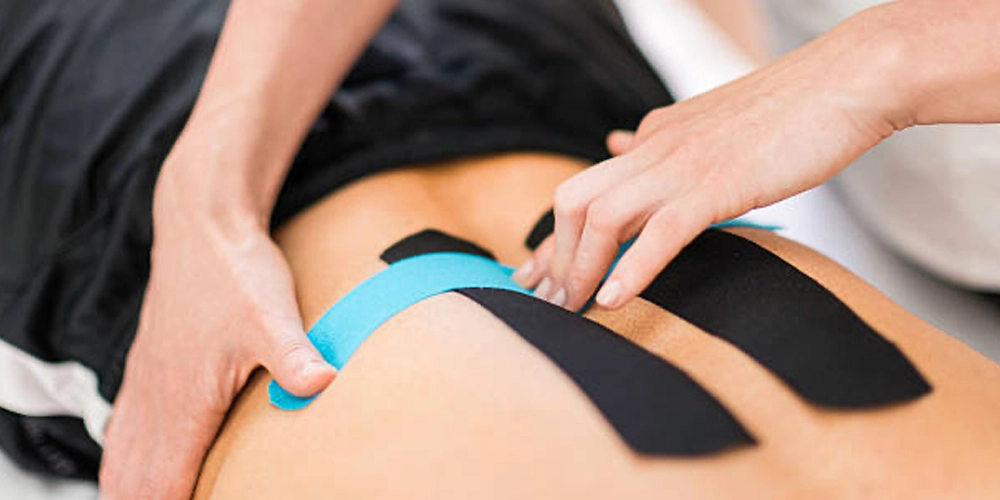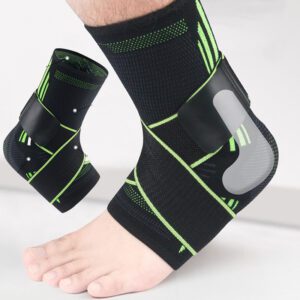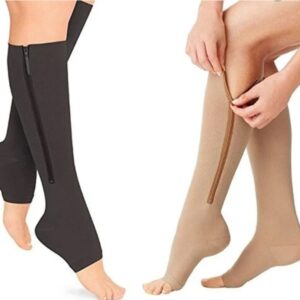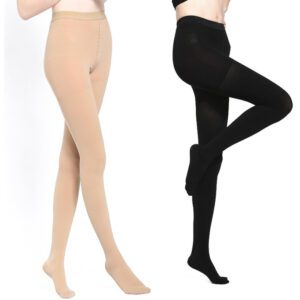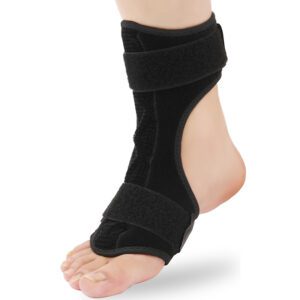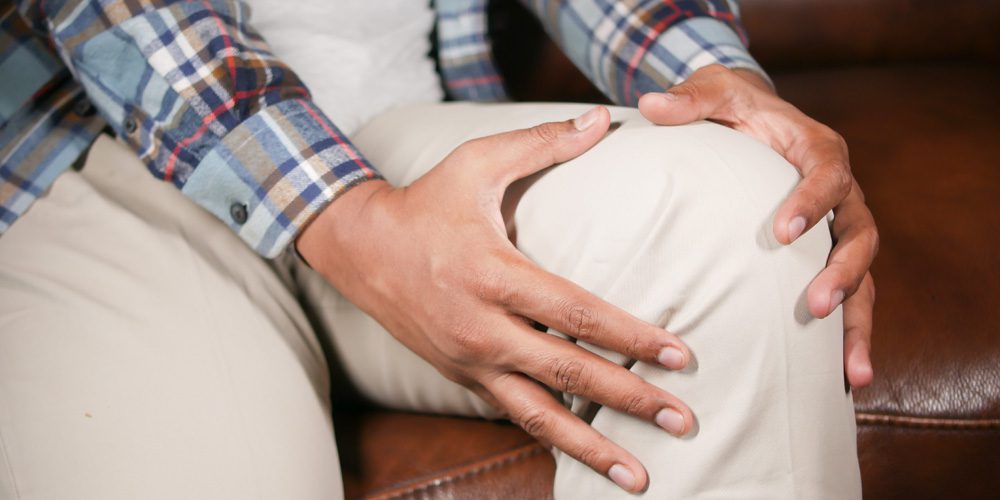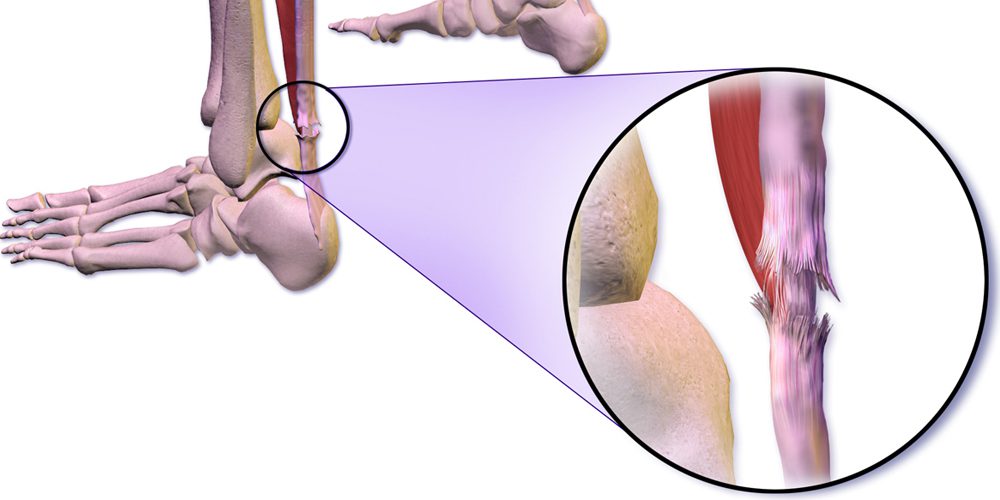Right now, there are more than 50 different companies of producing and selling kinesiology tape, still the first version of this product, Kinesio tape or Kinesio Tex Tape, was once invented within the late 1970s from Dr. Kenzo Kase, an Eastern chiropractor who sought after a tape that gave a boost still didn’t prohibit mobility the way in which conventional athletic tapes do.
For those who’ve watched a game of volleyball or aggressive bicycle race, you’ve almost certainly noticed this: strips of colourful tape splayed in patterns throughout shoulders, knees, backs, including abs. That’s kinesiology tape: a special tape that’s implemented strategically to the body to offer support, reduce ache, cut back swelling, as well as enhance activity.
Fans record success reaching those goals, although up to now, there must be further analysis made to mention with certainty what taping can but also can’t do.
Right here’s what we learn about how sports therapists and physiotherapists use it, its advantages, downsides and what to do with it.
How does kinesiology tape work?
Kinesiology tape is extremely stretchy.
Kase created Kinesio tape with a proprietary mix of cotton along with nylon. It’s designed to imitate the skin’s elasticity so you’ll use your complete range of movement. The tape has built in medical-grade adhesive and is made with water-proof and robust materials, sufficient to stick on for 3 to 5 days, even whilst you exercise or take baths and showers.
When the tape is attached to your skin, it recoils somewhat, gently lifting your pores and skin. It’s believed that this is helping to create a microscopic gap between your pores and skin including the tissues beneath it.
Creates area in joints
One small survey of 32 members confirmed that after kinesiology tape was once implemented over the knee, it lifted the gap within the knee joint.Further elaborating on this study, an identical research confirmed kinesiology tape as well increased the space in the shoulder joint.Despite just a slight increase in space, it is helping cut back the risk of joint inflammation.
Can indeed change signals on pain pathways
Some physiotherapists assume the tape adjusts the information your sensory nervous system is sending about ache as well as compression to your body.
Dr. Megann Schooley, board-certified medical specialist in sports physical therapy furthermore licensed energy and conditioning specialist, explains it like this:
“Your entire tissues — pores and skin, connective tissue, fascia, muscle mass — have sensory receptors that really feel pain, temperature, and also contact. These receptors all give a contribution to proprioception—your mind’s sense of where your body is and what it’s doing. Kinesiology taping creates a boost that unloads the underlying tissues. Decompressing thesetissues can modify and change the alerts going to the brain. When the brain receives a distinct impulse, it’s going to react in a different way,” Schooley says.
Cause issues are an excellent example. Physical therapists have used kinesiology tape to raise the epidermis over those stiff, knotted muscles. When the space is decompressed, pain receptors send a different impulse to the brain, and as a consequence stress in the trigger point decreases.
A 2015 study confirmed that trigger point ache was once lowered and flexibility improved for participants when kinesiology tape along with manual pressure had been used in combination with each other.
Might enhance circulation of blood and fluids
For those who’ve been injured, kinesiology tape may enhance circulation and significantly reduce swelling in the region where you’re experiencing pain.
A 2017 case study confirmed that kinesiology taping can strengthen blood flow in the skin. It will also strengthen the circulation of lymphatic fluids. Lymphatic contains mostly water, however it also carries proteins, micro organism, including other chemical substances. The lymphatic system regulates swelling and fluid buildup in your body.
The idea is that after kinesiology tape is applied, it creates additional subcutaneous space, which adjusts the pressure gradient in the place beneath your skin. That modification in pressure complements the flow of lymphatic fluid.
Research have had mixed effects. In two recently done studies, kinesiology tape reduced fluid buildup in ladies who underwent breast cancer treatment and individuals who had total knee replacements.
Changing the way lymphatic fluid flows may help bruises heal quicker. But there are few studies to substantiate this effect, anecdotally some other people mention that after they’ve removed tape from bruised body regions, the spaces below the tape have had a different skin color than before.
What’s kinesiology tape used for?
Treating injuries
Physiotherapists every so often use kinesiology taping as one part of a general therapy plan for patients who’ve been injured. The American Physical Therapy Association published that kinesiology taping is best when it’s used along side new therapies like manual treatments.
“We use kinesiology taping to mitigate ache and swelling,” Schooley says, “still it’s at all times used as an accessory to what we’re looking to accomplish.”
Supporting vulnerable zones
Kinesiology tape is furthermore used to apply further support for your muscles, tendons and joints that need it. When you’ve got patellofemoral stress syndrome, IT band friction syndrome, or Achilles tendonitis, using kinesiology tape regularly will possibly serve you very well.
Unlike regularly used white medical or athletic tape, our kinesiology tape allows you to move like you would without it. Actually, some research shows that it could improve movement and endurance. Research on athletes have proven that after kinesiology tape is used on fatigued muscle tissue, performance improves.
Re-educating muscle mass
Kinesiology tape can help re-train muscles that experience a loss of function or that have gotten used to an unhealthy method of working.
As an example, kinesiology taping can be utilized to correct posture in your head and your neck. As a consequence a 2017 study suggests using it to help stroke patients regain the ability to walk as fast as they can.
Physiotherapists suppose this can be as a result of having the odd sensation of tape on your skin, which could make you more conscious about the way you’re standing or moving.
Improving performance
Many professional athletes and hobby sports enthusiasts use kinesiology tape to assist them reach top performance and offer protection to injuries after they’re competing in particular events.
“Numerous runners use this tape each time they run a marathon,” Schooley says. “We every so often position the tape alongside the glute as some way of ‘waking up’ the muscle and reminding it to keep running.”
Managing scars
Though you must by no means use kinesiology tape on an open wound, there’s some clinical proof to signify that kinesiology tape can strengthen the long-term look of scars after surgical treatments or injury. That is undoubtedly a treatment you will have to talk over with a doctor first.
Does it truly work?
The solution for some folks is: sure. Still we’d like further research — what exists these days is inconsistent. Some research point out no difference in results between kinesiology tape and placebos or “sham taping.”
Some studies display minimum or average positive factors.
Many studies point out that kinesiology taping is best when used in combination with other conventional therapies or treatment methods.
To tape or not to tape
There are some cases during which kinesiology tape will have to no longer be used. They include the following.
- Open wounds. The usage of tape over a wound may result in an infection or skin injury.
- Deep vein thrombosis. Increasing fluid flow may cause a blood clot to dislodge, which may well be deadly.
- Acute cancer or tumor. Increasing blood supply to a cancerous expansion may well be unhealthy.
- Lymph node removing. Increasing fluid where a node is lacking may result in swelling.
- Diabetes. When you’ve got lowered sensation in some areas, it’s possible you’ll no longer notice a reaction to the tape.
- Allergic reaction. In case your skin is sensitive to adhesives, you could cause a strong reaction.
- Fragile pores and skin. In case your pores and skin are vulnerable to tearing, you will have to steer clear of putting tape on it.
Apply kinesiology tape
You will have to always seek advice from a physiotherapist who’s skilled in the correct application of kinesiology tape ahead of an attempt to put it on yourself.
An expert will teach you exactly how you can apply the tape in the way that it helps your particular problem. Tape will also be applied in an X, Y, I, or fan pattern, depending on your goals. You might also want both stabilization and decompression strips.
Your physio can watch you practice applying and getting rid of the tape prior to you try it at home.
“Taping isn’t an everlasting resolution,” Schooley says. “You need to build your energy and ability, because correcting the root problem is key.”
To apply the tape, follow these steps:
- Clean and dry the area first. Creams and oils can prevent the tape from sticking.
- Trim your hair. Fine hair shouldn’t be an issue, but dense hair may keep the tape from getting a good grip on your skin.
- For many therapies, you’ll get started via tearing the backing paper in the center.
- Cut rounded corners on the ends of every strip if they don’t have already got them. The rounded corners are much less prone to getting snagged towards clothes; and helps to keep the tape on longer.
- Whilst you apply the primary tab to anchor the strip, let the tip recoil somewhat after you are taking off the backing paper. You don’t need any stretch in the remaining two inches at either end, because those tabs are simply to hold the tape in position. For those who stretch the ends, the tape will pull your skin, which might cause inflammation or skin irritation or make the tape detach faster.
- Keep your hands on the packing paper to hold the tape. Touching the adhesive section will make it much less sticky.
- Your therapist can help you understand how much stretch you should use in the treatment area. To get a 75 percent stretch, lengthen the tape as far as it is going to move and then release it about a quarter of its length.
- Whilst you stretch the tape, use the entire length of your thumb across the tape to get a good stretch.
- After you attach the tape, rub the strip vigorously for a number of seconds. Warmth activates the glue. Complete adhesion generally takes around 20 minutes.
Safely remove kinesio tape
For those who’re wearing the tape longer than a couple of days, it should start loosening by itself. Here are some points for getting the tape off without hurting your skin.
- Apply some oil (like baby oil or olive oil) or lotion on top of the tape to loosen the strip.
- Remove it slowly. Don’t stress it. Don’t pull up like a maniac.
- After nudging up one end of the strip, press down to your skin to split it from the tape.
- Pull the tape back towards itself, rather than straight up away from you. Compress your skin gently whilst pulling the tape back in the path of the end tab.
- Walk your fingers along your skin as you move.
- In case your skin is irritated or damaged, don’t cover your skin with any further tape. Instead you should have a talk with your physiotherapist or doctor.
Will the tape hurt my skin?
The adhesive on most brands is latex-free and hypoallergenic, so it shouldn’t cause a hypersensitivity if it’s applied correctly and if you don’t have sensitivities. It’s almost certainly a good suggestion to use a test strip first, simply to be safe.
How to shop for tape?
Although cost varies depending on the elasticity and sturdiness of the product, an excellent roll may cost $25 to $40.
A great alternative is to shop our own Kinesiology Tape here at baronactive.com. We sell it at 33% off currently for only $19.99 per roll!
Schooley advises purchasing in bulk and sharing with fellow people in your gym or class. You’ll be able to increase your wear-time by sticking the ends to your skin instead of another piece of tape.
“I at all times inform patients to tape with purpose,” she says. “Sure, it seems to be cool. Still in the long run, you’re working towards no longer wanting the tape.”
You can find bulk rolls and pre-cut strips of kinesiology tape online.
Conclusions
Nevertheless the effectiveness of kinesiology taping isn’t well researched, it may provide support, help with muscle pain, increase blood flow and circulation, reduce pain and enhance faster recovery after workouts or injuries.
Before you apply it by yourself, you should definitely consult a doctor or physiotherapist. But there are, of course, some very detailed tutorials on the internet, just in case you want to risk it.





